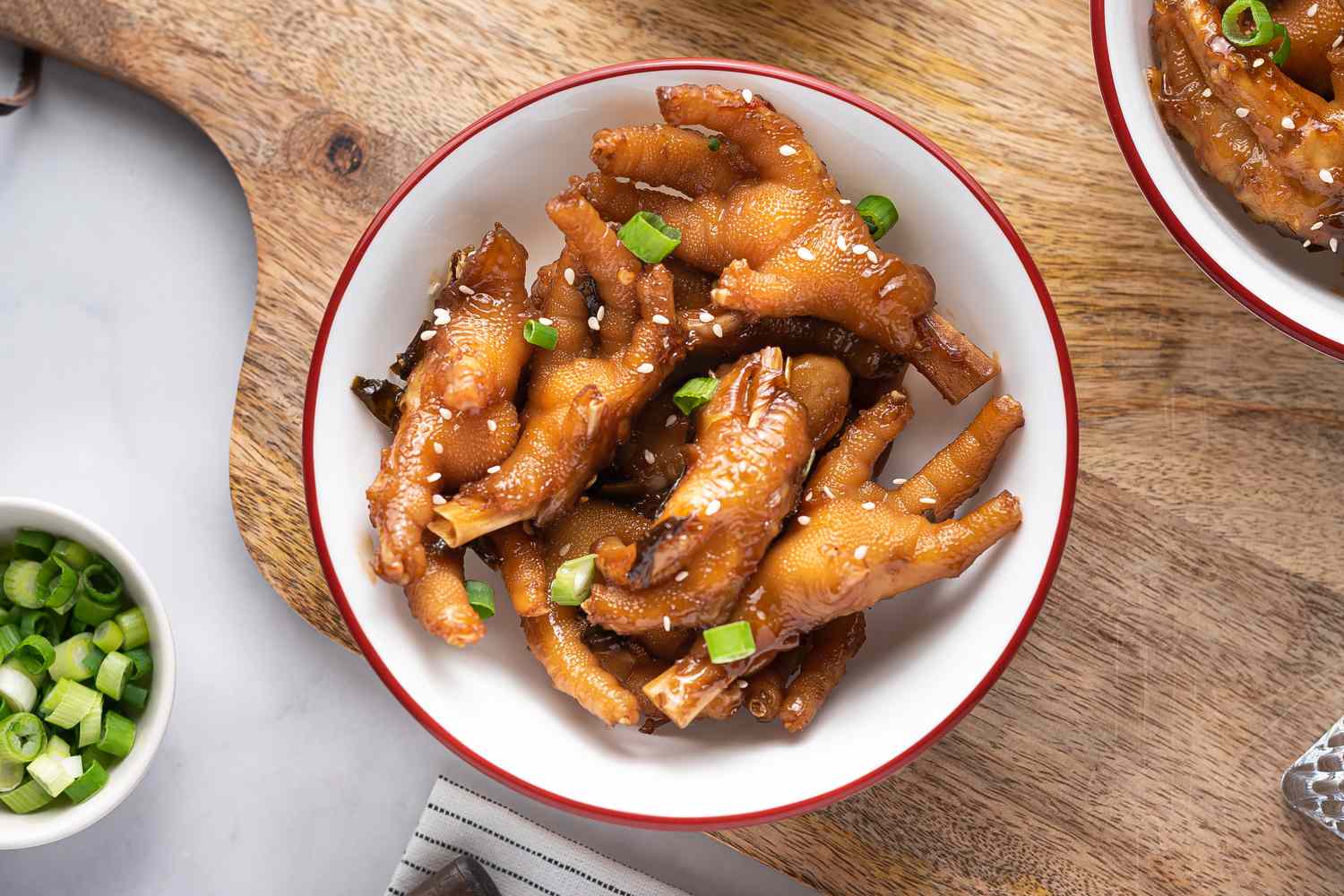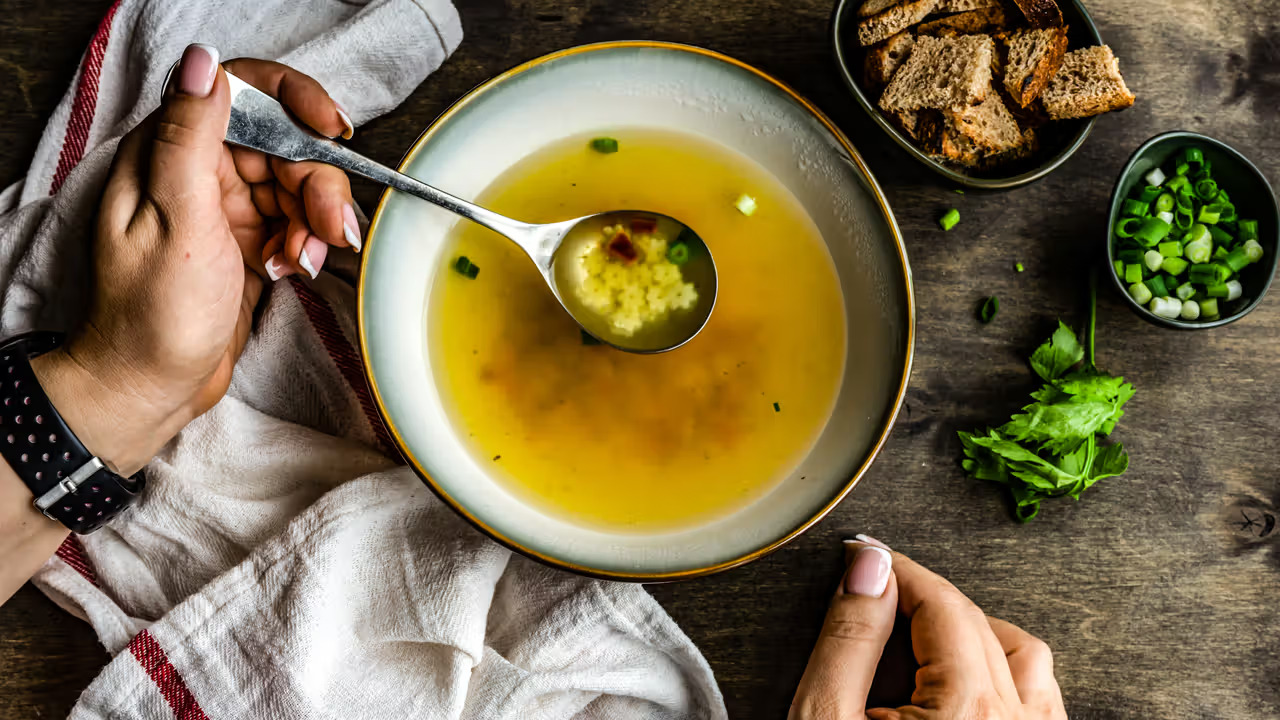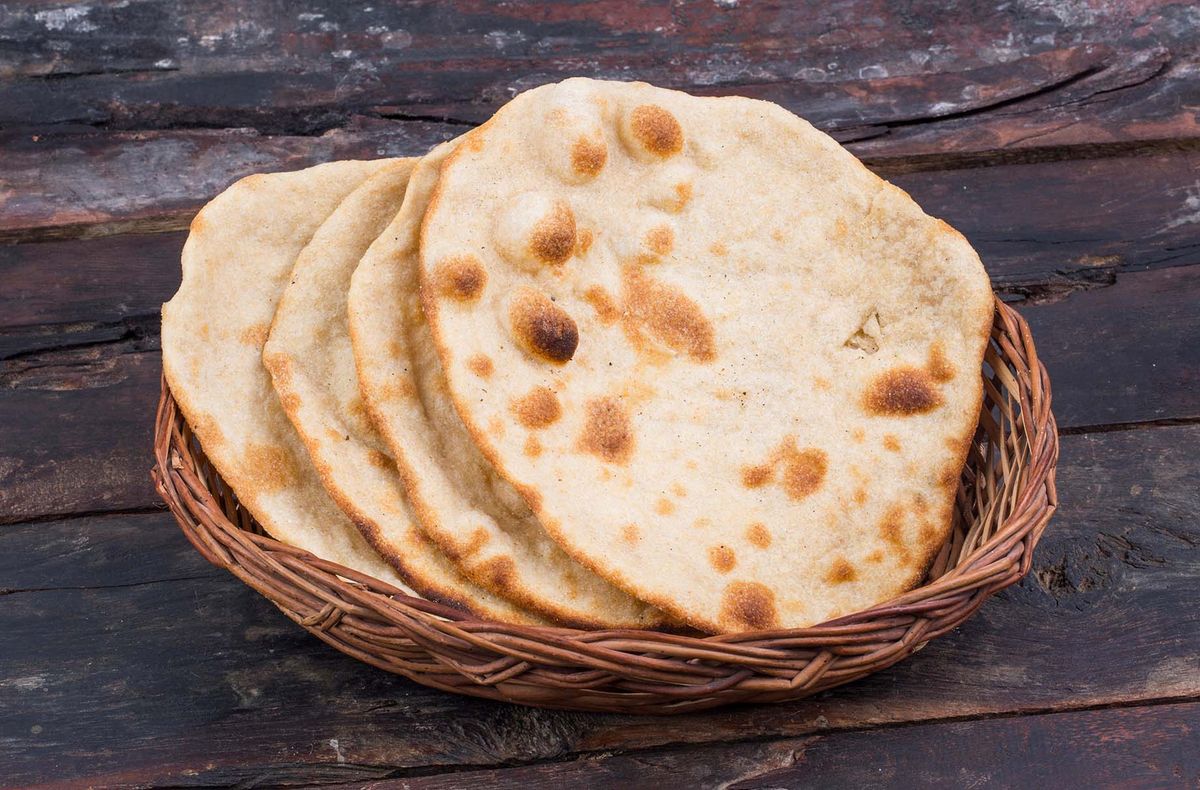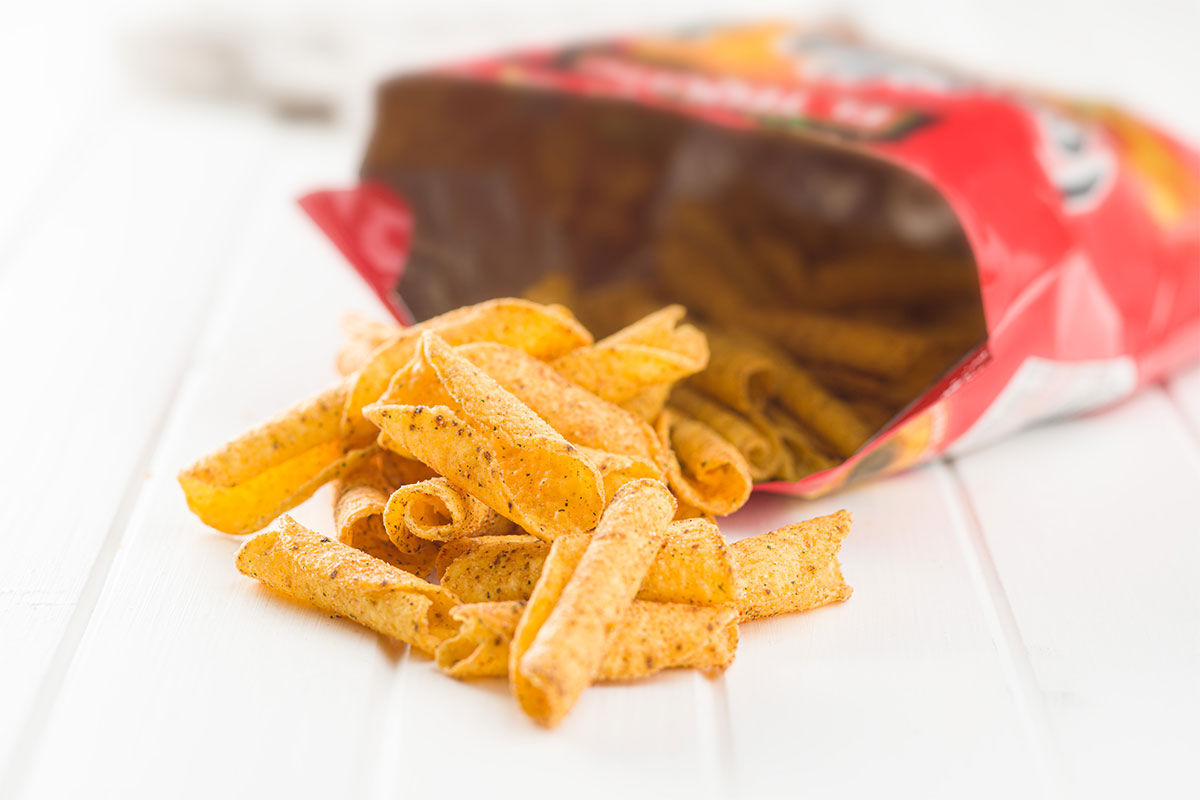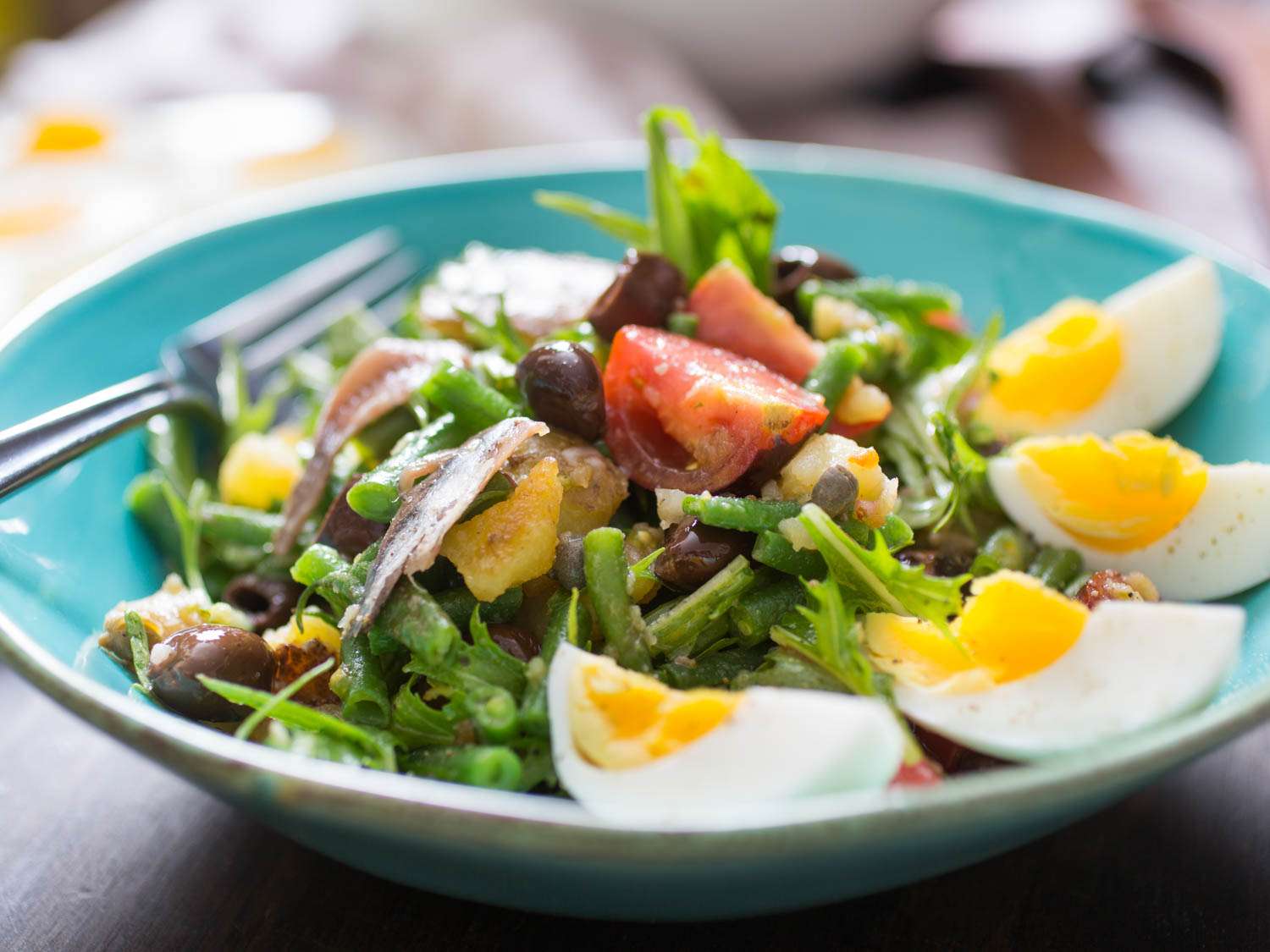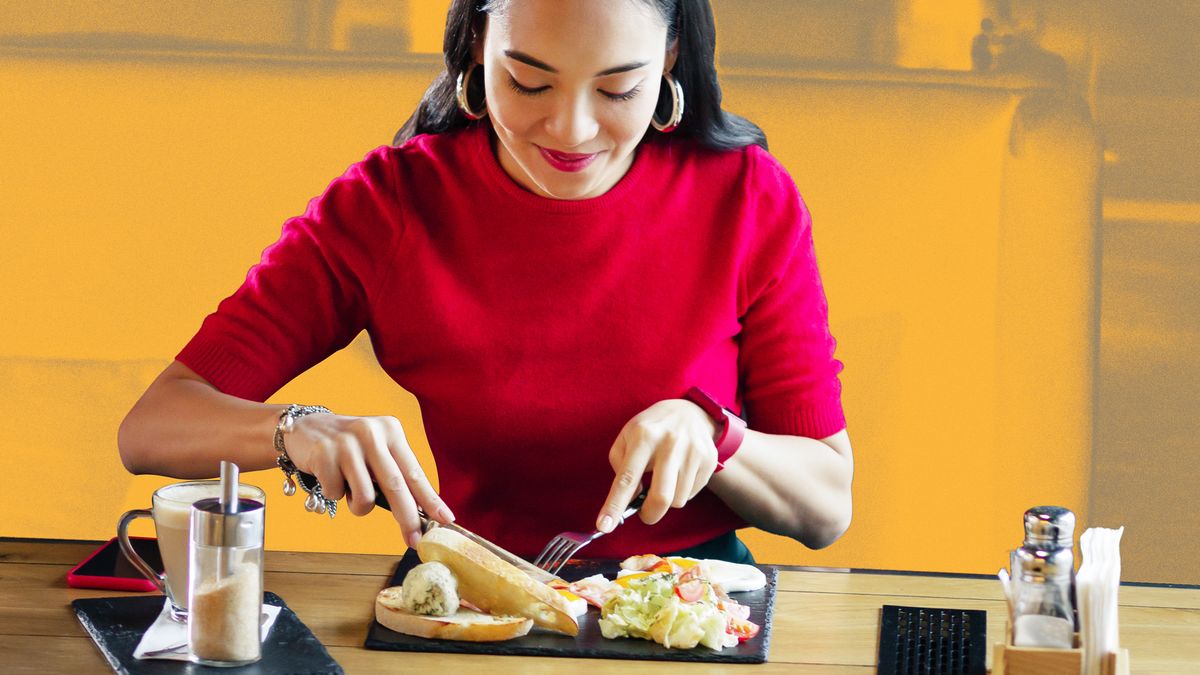How to Enjoy Bigoli: A Guide to Indulging in this Italian Delicacy
Bigoli is a traditional Italian pasta that is beloved for its thick, long strands and delightful texture. If you’re new to this delectable dish, you may be wondering how to best savor and enjoy it. Whether you’re cooking it at home or ordering it at a restaurant, here’s a guide to help you make the most of your bigoli experience.
Pairing Bigoli with the Perfect Sauce
One of the best things about bigoli is its versatility when it comes to sauces. The thick strands of pasta are perfect for holding onto rich, flavorful sauces. Here are some classic pairings to consider:
- Ragu: The hearty texture of bigoli pairs perfectly with a rich and meaty ragu sauce. The sauce clings to the pasta, creating a truly satisfying bite.
- Pesto: For a lighter option, toss your bigoli with a vibrant pesto sauce. The fresh flavors of basil and pine nuts complement the pasta beautifully.
- Seafood: Bigoli also pairs well with seafood-based sauces, such as a seafood marinara or a creamy shrimp sauce. The combination of seafood and bigoli creates a luxurious and indulgent dish.
Exploring Toppings and Additions
While bigoli can certainly shine on its own, adding toppings and additional ingredients can take it to the next level. Here are some ideas to consider:
- Grated Cheese: A generous sprinkle of Parmesan or Pecorino cheese adds a salty, savory element to your bigoli dish.
- Cracked Black Pepper: A simple but impactful addition, cracked black pepper adds a hint of heat and a pop of flavor to your bigoli.
- Herbs: Fresh herbs like parsley, basil, or oregano can add a burst of freshness to your bigoli dish.
Embracing the Italian Dining Experience
When it comes to enjoying bigoli, it’s not just about the food itself, but also about the overall dining experience. If you’re dining out, consider pairing your bigoli with a glass of Italian wine to complement the flavors of the dish. Additionally, take your time to savor each bite and enjoy the company of your dining companions. Bigoli is a dish meant to be enjoyed slowly and savored.
Cooking Bigoli at Home
If you’re interested in preparing bigoli in your own kitchen, consider investing in a pasta maker to create the thick strands from scratch. There’s something truly satisfying about making your own pasta, and it allows you to customize the thickness and texture of the bigoli to your liking. Once cooked, toss the bigoli with your favorite sauce and toppings, and savor the fruits of your labor.
Final Thoughts
Whether you’re enjoying bigoli at a restaurant or preparing it at home, this Italian pasta offers a truly indulgent dining experience. From rich, hearty sauces to simple yet impactful toppings, there are countless ways to savor and enjoy bigoli. Embrace the Italian tradition of savoring each bite, and allow yourself to fully immerse in the flavors and textures of this beloved dish.
So, the next time you have the opportunity to indulge in bigoli, take the time to appreciate the experience and savor every mouthful of this delightful pasta.

